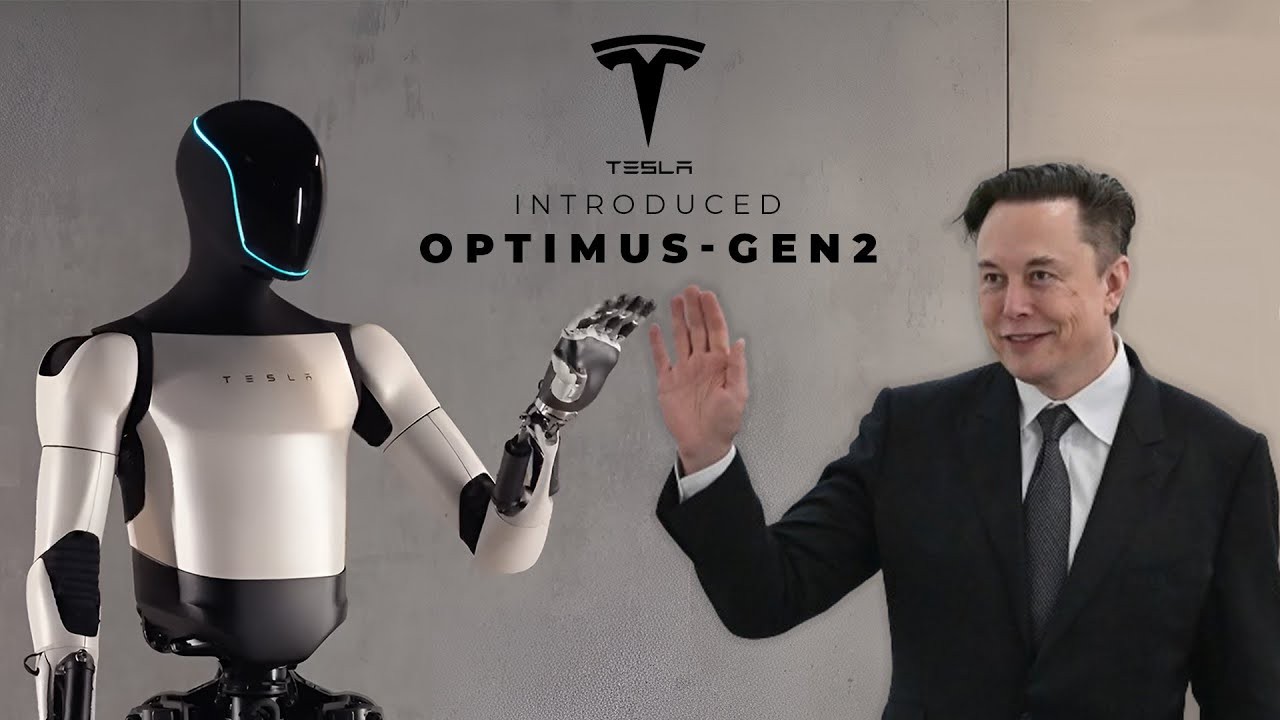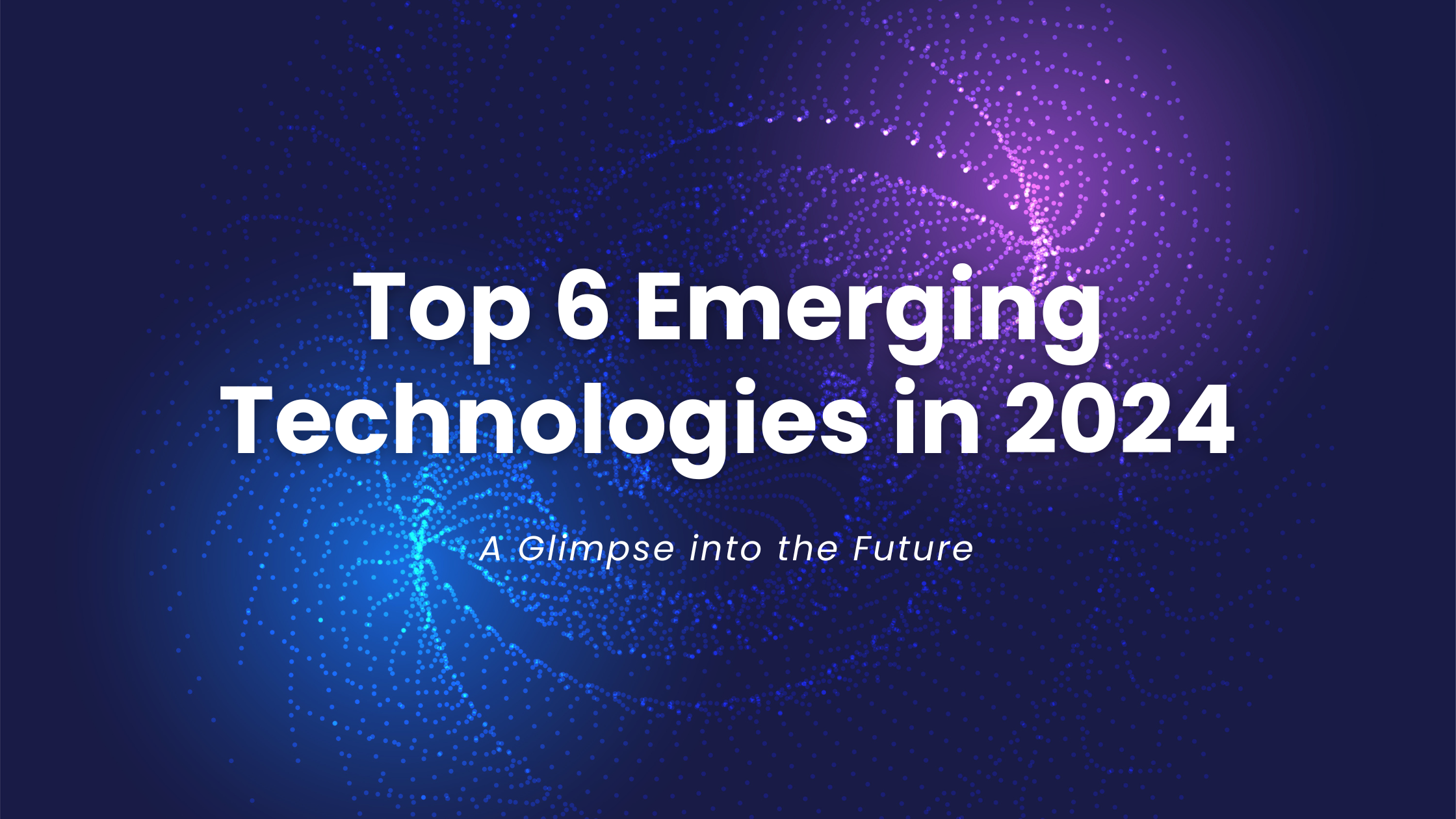
Tesla has taken a significant step forward in the world of robotics, unveiling its latest advancements in artificial intelligence and automation during the recent “We Robot” event. The spotlight was firmly on the Optimus robot, a cutting-edge innovation designed to navigate complex environments and assist humans in various tasks, heralding a new era of human-robot collaboration.
A New Era of Robotics
The Optimus robot showcases Tesla’s commitment to blending advanced robotics with practical applications. Unlike traditional robots that operate in isolated environments or are limited to specific tasks, Optimus is engineered for flexibility and adaptability. During the demonstration, the robot showcased its ability to operate a CyberCab—an autonomous vehicle designed for urban environments—while being controlled by human operators. This marked a significant evolution in the way robots can assist and enhance human activities.
Human-Centric Design and Control
One of the defining features of the Optimus robot is its emphasis on human control and interaction. During the demonstration, Tesla highlighted how the robot could respond to real-time commands from operators, showcasing its potential for various applications, from transportation to everyday assistance tasks. The ability to control the robot remotely while it navigates its environment exemplifies a crucial shift toward integrating robotics into daily life, ensuring that human input remains central to its operation.
Implications for the Future of Transportation
The introduction of the CyberCab, operated by the Optimus robot, represents a significant advancement in the field of autonomous transportation. As urban environments become increasingly crowded, innovative solutions like CyberCab could alleviate traffic congestion and enhance the efficiency of public transport. By combining Tesla’s automotive technology with robotics, the company is setting the stage for a future where human-controlled robots can seamlessly integrate into the transportation ecosystem.
Challenges and Considerations
While the advancements showcased at the “We Robot” event are promising, several challenges remain. Ensuring the safety and reliability of robots operating in dynamic environments is paramount. Tesla must address potential concerns regarding the ethical implications of robots in public spaces, including privacy issues and the need for robust security measures. Additionally, the regulatory landscape surrounding autonomous robots will require careful navigation to ensure compliance with existing laws while fostering innovation.
Looking Ahead: The Path of Integration
As Tesla continues to develop its robotics division, the future of human-robot collaboration looks bright. The Optimus robot could play a pivotal role in various sectors, including healthcare, logistics, and hospitality, enhancing productivity and efficiency. By prioritizing human control, Tesla aims to create robots that complement human capabilities rather than replace them, fostering a partnership that leverages the strengths of both.
In conclusion, Tesla’s developments in robotics, particularly with the Optimus robot, signal a new chapter in the integration of technology into daily life. The blend of advanced AI, human control, and practical applications could redefine the way we interact with machines, paving the way for a more automated yet human-centric future.
For further insights on Tesla’s advancements, read the full article on The Verge here.




